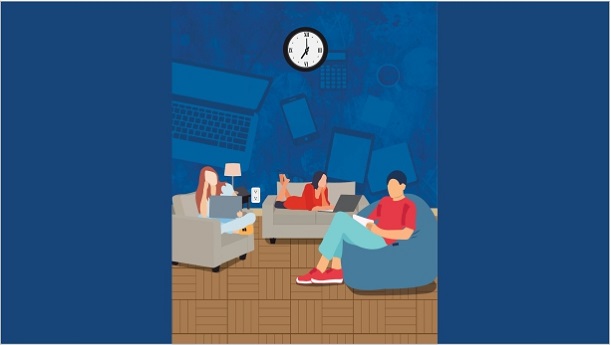
‘Conditional telework’, with all its conveniences, is fast gaining acceptance among management as well as employees, alike. However, it does come with its set of disadvantages too and many aspects of it are up for debate.
Log In or become an AIMA member to read more articles
